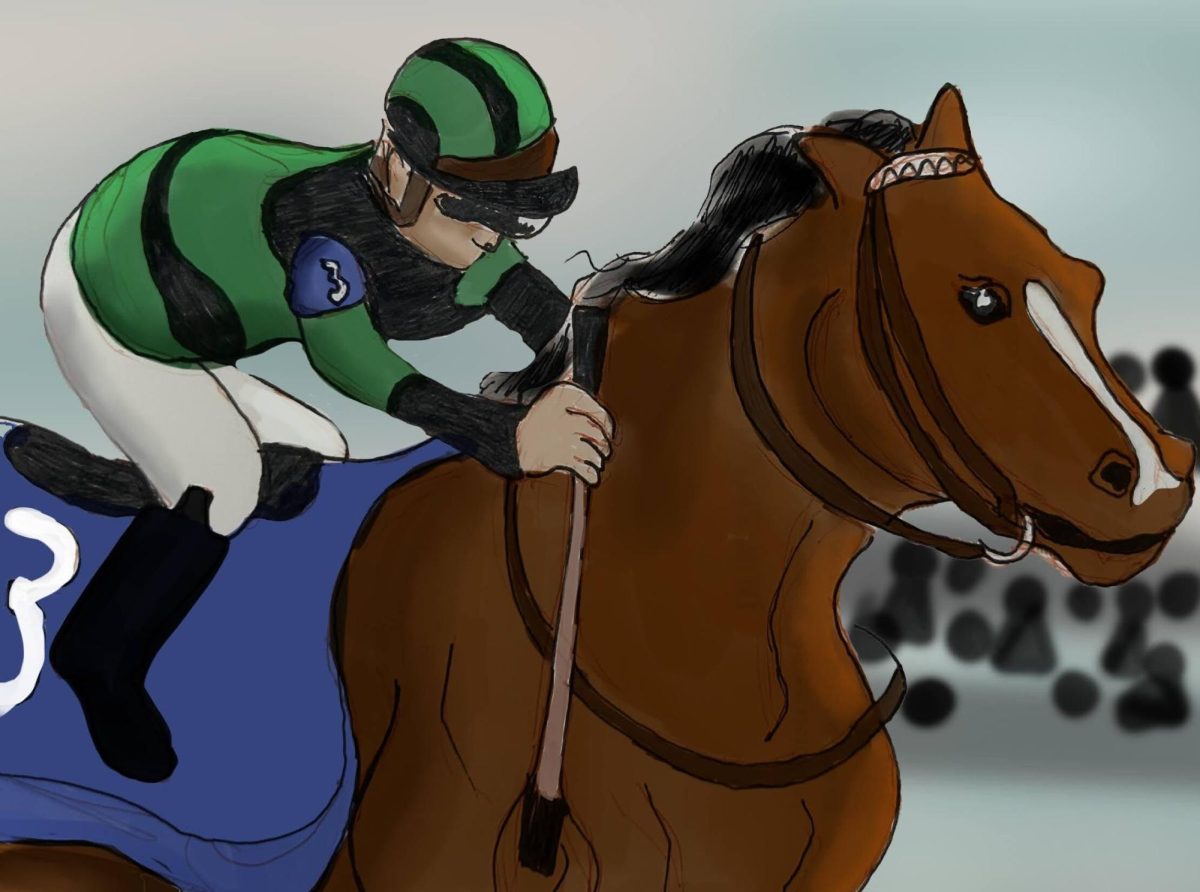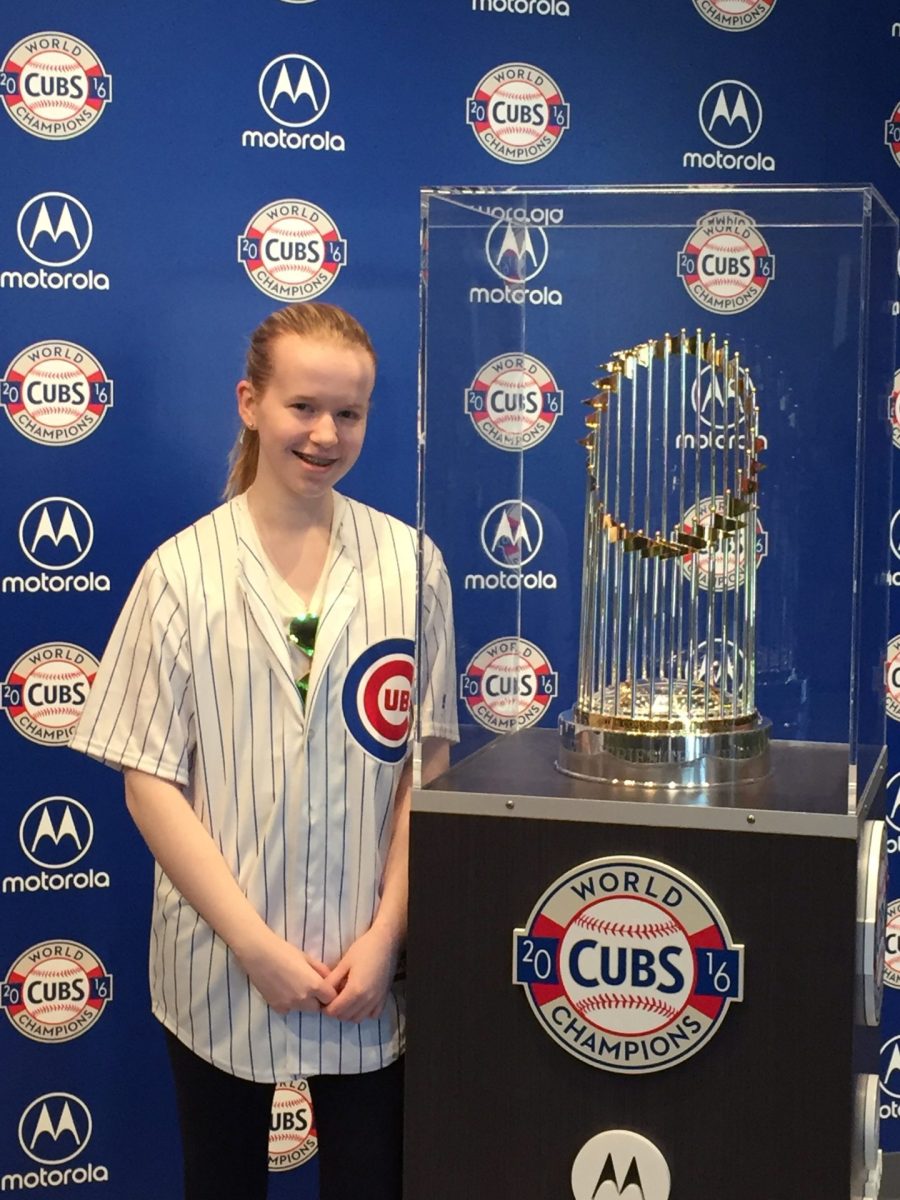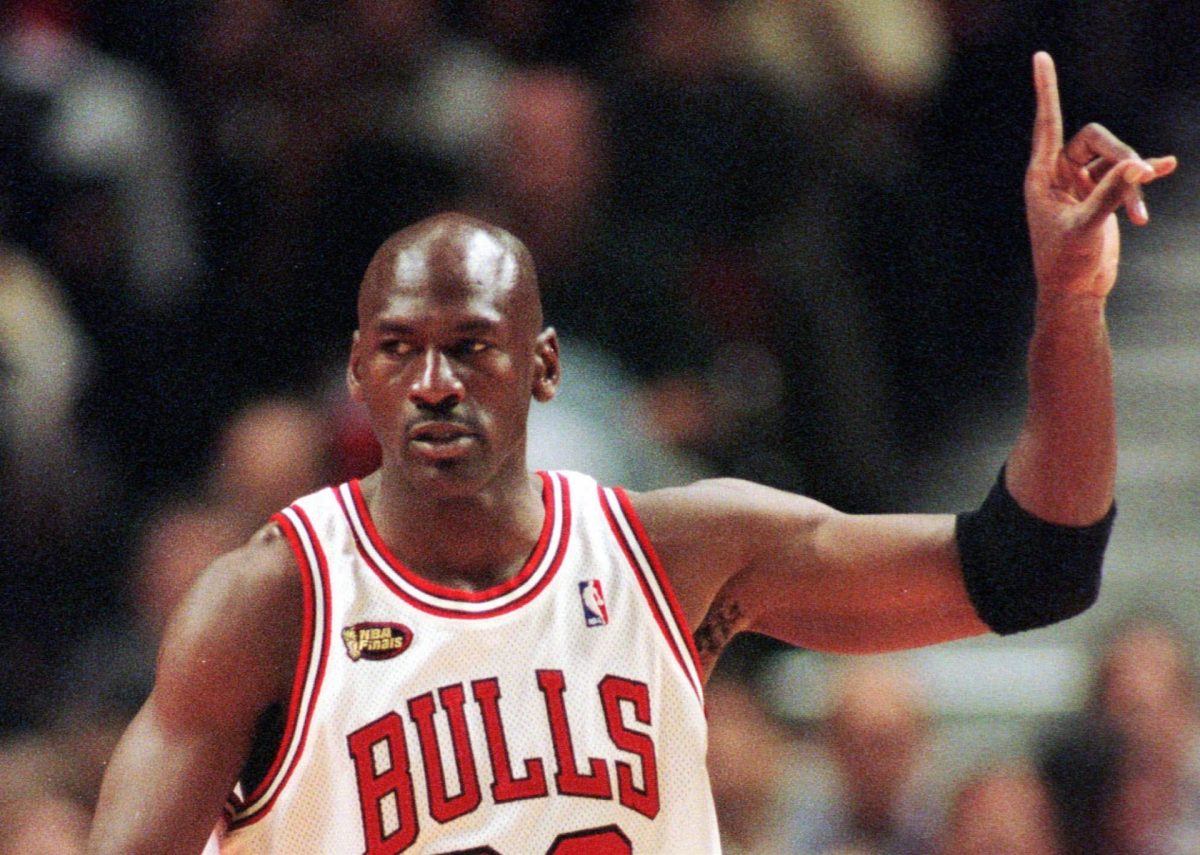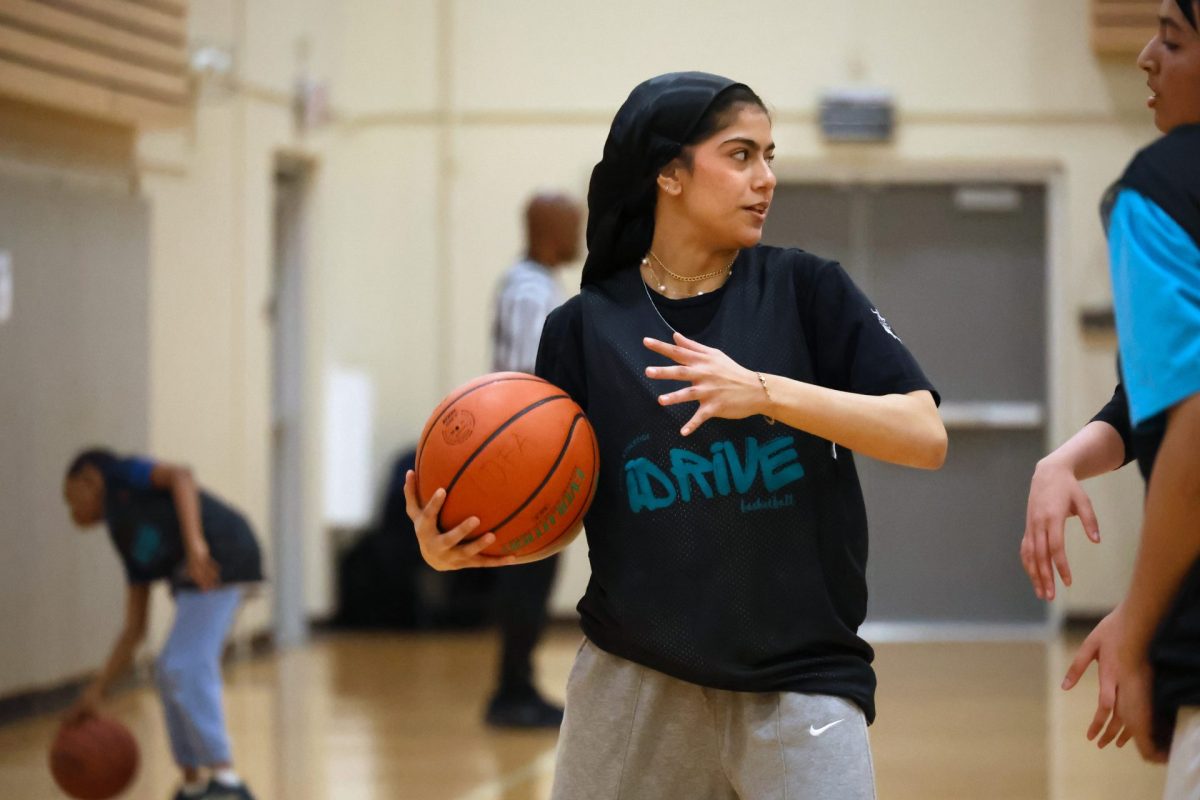As the gates drop on a warm Louisville, Kentucky day in early May, Mystik Dan does as he has been taught his entire life to do: run. The three-year-old Bay Colt bolts to the inside lane and continues his stride for the first mile. He remains patient, allowing seven horses to pass him while maintaining the interior. During the final quarter-mile, he seizes his opportunity on the last 180-degree turn and wins the race by, quite literally, a nose.
Mystik Dan doesn’t know it, but he has just made his owners $3.1 million by winning the 150th Kentucky Derby. He slows to a trot, relaxing his carefully bred, genetically altered muscles as he takes in the roar of the crowd, a noise he has become familiar with, though he doesn’t know why.
Ever since he was six months old, when thoroughbreds are separated from their mothers, Mystik Dan has only known racing. Bred in Kentucky by former college football player Lance Gasaway, expectations were not exorbitant for Mystik Dan, whose mother, Ma’am, didn’t “scream broodmare” and was bred for only $10,000. Though that may sound like quite the price tag, Mystik Dan was home bred. Most Kentucky Derby racehorses are sold from a powerhouse breeding ranch to a powerhouse training ranch. Sierra Leone, who finished second in the Kentucky Derby behind Mystik Dan, was purchased by his trainers from his breeders for $2.3 million at a 2022 auction.
At around two years old, Mystik Dan began racing. A typical day for a racehorse starts at 5:00 a.m. with feeding and a morning walk, warming up at 6:00 a.m. and training at 9:00 a.m. at least four days a week. After around six hours of extended training, they are fed again and bathed, examined by veterinarians and fed dinner at around 5:00 p.m. Finally, they head to sleep at roughly 8:30 p.m.
Mystik Dan debuted Oct. 22, 2023, and he has run seven total races, culminating in the ultimate stage. Now, he has reached the pinnacle of horse racing: he is a Kentucky Derby champion. So, what’s next for him?
Mystik Dan will pursue a feat in which only 13 horses have ever completed: winning a Triple Crown. For a racehorse to do this, they must win the Kentucky Derby, the Preakness Stakes and the Belmont Stakes. He is expected to compete in the former in Baltimore May 18 and the latter in Saratoga Springs, New York, June 8 (though some Kentucky Derby trainers bypass one or both of these races out of concern for the horse’s health).
After that, Mystik Dan may continue racing for a few months (like 2015 Triple Crown winner Pharoah) or be retired by his trainers (like the most recent Triple Crown winner, Justify). However, only three-year-olds can compete in Triple Crown races, meaning Mystik Dan can only go down in competition level. Regardless, most racehorses are retired at or around age four. He will likely be bred for the next generation of Gasaway’s racehorses and live the rest of his life public horseback riding or sent to a pasture to graze for his remaining 22-25 years.
Imagine Mystik Dan’s daily routine after he is involuntarily retired in the coming months. After two full years of regimented, intense, 10-hour training days, he will do what he has never been taught to do for the rest of his life: stop running.
Related Stories
- The Hinske Huddle: Bucks’ season ends plagued with injury, future in jeopardy
- The Hinske Huddle: Reggie Bush’s Heisman saga is only beginning with reinstatement
- The Hinske Huddle: Caitlin Clark and WNBA may teach NBA counterparts the benefits of a shorter season








